Seaweed aquaculture is the fastest growing component of global food production, offering a number of opportunities to reduce, and adapt to climate change. Seaweed farming releases carbon that may be buried in sediments or exported to the deep sea, therefore acting as CO2 absorber.
This plant can also be used, for biofuel production, with potential CO2 mitigation capacity, in terms of avoiding emissions from fossil fuels, around 1,500 tons of CO2 km 2 years. Seaweed cultivation can also help reduce emissions from agriculture, by improving soil quality in lieu of synthetic fertilizers and when included in animal feed.
Seaweed aquaculture contributes to adaptation to climate change by reducing wave energy and protecting coastlines, and by increasing pH and supplying oxygen to waters, thereby locally reducing the effects of ocean acidification and de-oxygenation.
The seaweed community is highly autotrophic, produces far more organic material through photosynthesis than is consumed by respiration in the ecosystem, and is thus responsible for much CO2 capture in marine vegetation habitats. Increased CO2 can increase seaweed cultivation.
The expansion of seaweed cultivation also needs to consider potential impacts, such as the introduction of invasive species. However, the impact assessment of invasive seaweed species, which comes from aquaculture (eg, Undaria pinnatifida), reports the benefits and impacts, which are not severe.
The IPCC defines climate change adaptation as an actual climate adjustment process. In this context, we discuss the use of seaweed aquaculture for climate change adaptation in terms of its capacity to avoid hazards to human systems (for example, coastal protection, ensuring food safety) and vulnerable ecosystems (for example, providing shelter from ocean acidification and ocean deoxygenation) .
By creating coastal habitats, seaweed aquaculture has the potential to contribute to several ecosystem functions supported by natural seaweed forests and macroalgae layers.
For example, cultivated seaweed canopies, such as wild seaweed, reduce wave energy and hence, function as a protective coastal structure that protects against coastal erosion. The effect of wave attenuation depends on the area and structure of seaweed habitat and the energy involved because seaweed farming will be damaged during high energy storms.
I love❤HIVE
follow and like;
Share your post on Twitter and promote #HIVE
https://mobile.twitter.com/Wira85793333
Thanks for visiting and interesting comments
Lhokseumawe, Mei/8/2020
@wira8788 By;

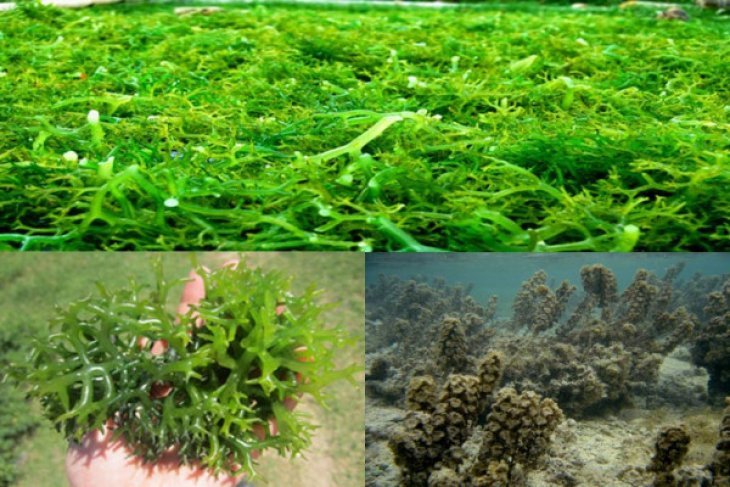
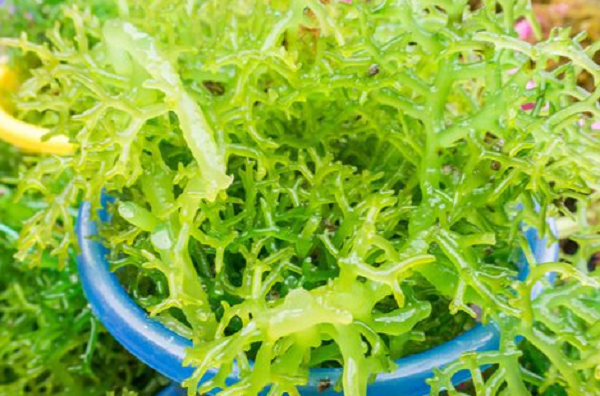
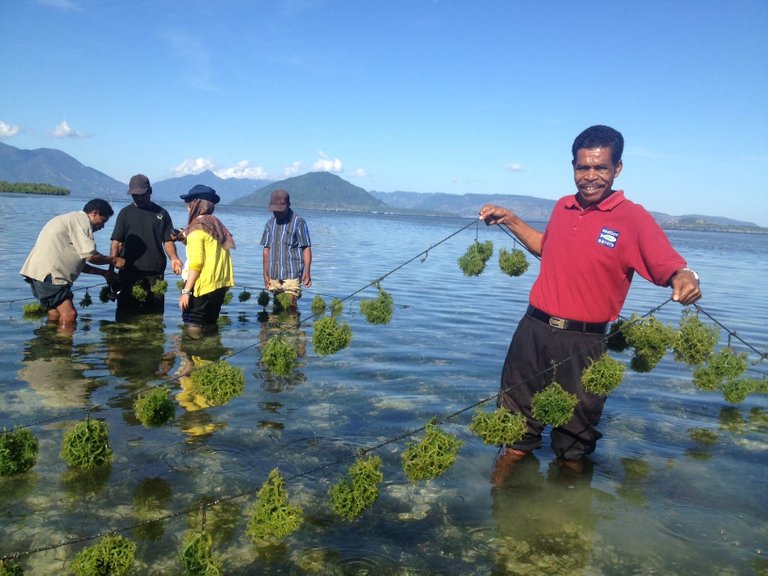

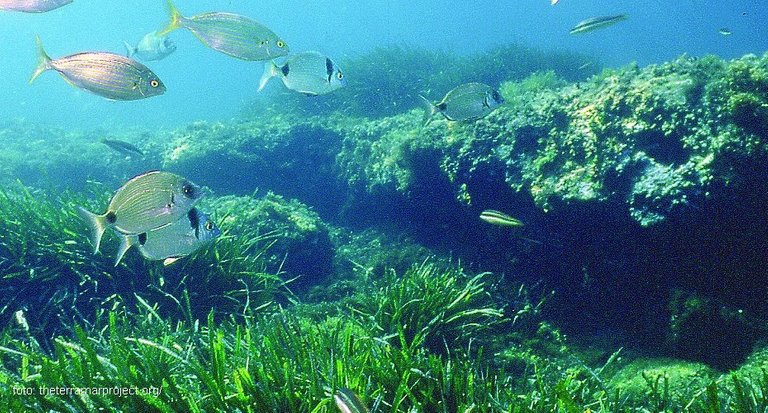
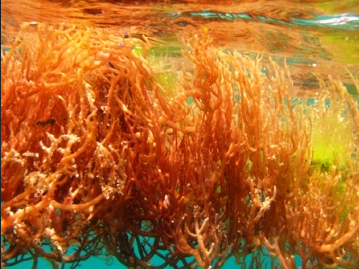
Yay!
Your post has been boosted with ESTM. Keep up the good work!
Dear reader, Install Android: https://android.esteem.app, iOS: https://ios.esteem.app mobile app or desktop app for Windows, Mac, Linux: https://desktop.esteem.appLearn more: https://esteem.app Join our discord: https://discord.me/esteem